I told you guys a few weeks ago I’d give you a look at my individual first aid kit (IFAK). I was kind of hesitant to do this one. First, don’t do what I do just because I do it. Greg Ellifritz says in his classes that if you have training, you already know what you need. As I recently heard in an episode of Uncensored Tactical Podcast (unrelated to first aid but still applicable), “if you know how, you’ll know when,” or in this case, what. Still, everyone loves a gear article, so here goes.
Regarding affiliate links: I often have affiliate links on my articles. There may be some in this article (i.e. links to my medical pouch, and boo-boo kit items), but any medical equipment like tourniquets, hemostatic agents, pressure bandages, etc. are from reputable vendors or the original equipment manufacturer where possible, NOT Amazon. I strongly advise against purchasing medical gear on Amazon or eBay. The “#TQ”-industry makes a lot of scratch which brings out the counterfeiters. The risk of getting a counterfeit, sub-par piece of equipment is simply too high. High-quality, life-support equipment is going to cost about the same no matter where you get it, so get it from a trusted source.
Introduction & Caveats
First and foremost: I am not a doctor. I am not a medical professional. Absolutely nothing presented here should be construed as medical advice. Above all, you should seek training from a qualified provider before seeking equipment.
Second, I break one significant “rule” with my medical kit. As you’ll see, I carry my boo-boo stuff in my IFAK/blowout kit. With the particular setup of my kit, I don’t see it being an issue at all.
This kit is designed around “MARCH.” MARCH is the Tactical Combat Casualty Care (TCCC) system of tactical field care. Current TCCC doctrine defines MARCH as Massive hemorrhage, Airway, Respirations, Circulation, Hypothermia prevention. At various times “H” has stood Hypothermia and/or Head injuries, and some agencies put an “E” at the end of it (MARCHE) for “Everything Else” but I’m going to stick with current guidelines published by the Committee on Tactical Combat Casualty Care. As I go through my kit I will denote where each piece of critical gear fits into MARCH.
If you are unfamiliar with ‘MARCH’ getting some training is probably more important than getting gear. If you own a half dozen rifles or a suppressor and have zero medical training. . . you probably need to reassess your priorities.
IFAK Pouch and Exterior
First, let’s look at the kit. As the above photo illustrates, I carry my tourniquet (M) around the outside of my kit. The tourniquet is a Gen7 CAT. One important note: my kit is stored in a nice, clean, dry backpack pretty much 100% of the time. The tourniquet still looks pretty much brand new. I would recommend against storing tourniquets on exterior gear that is exposed to a lot of sunlight, dirt, or water. I would, however, strongly recommend removing tourniquets from their original plastic wrapping.
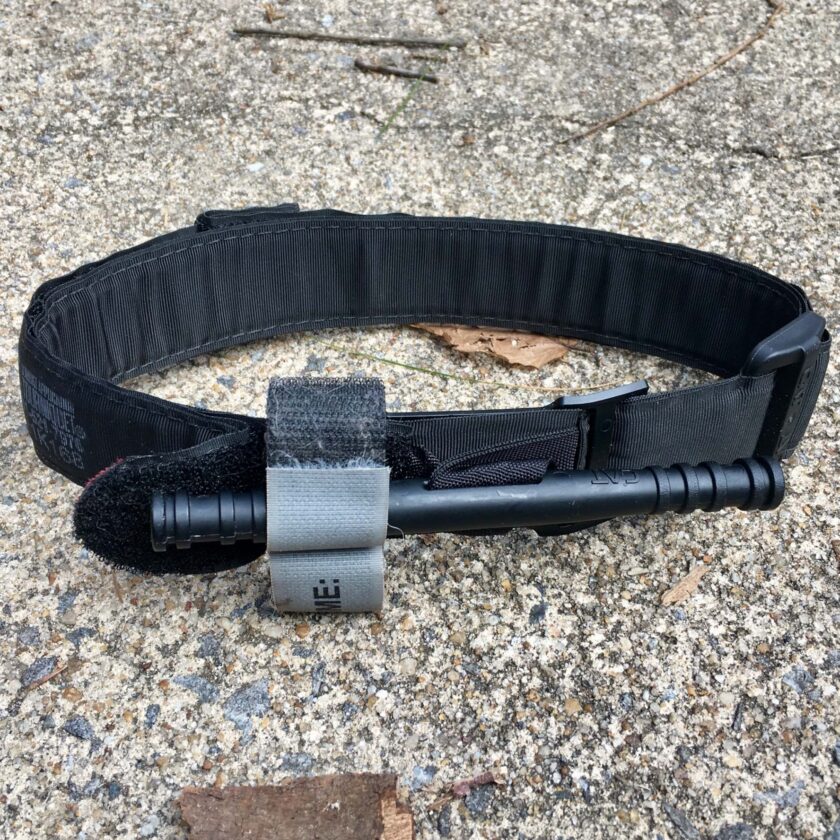
The bag itself is an Outdoor Research organizer. For whatever reason I purchased a few of these about ten years ago. Almost immediately I made one a first aid kit, and I’ve never been dissatisfied with it. After you slip the tourniquet off, unzipping the center set of zippers causes the pouch to unfold in the middle. This is where I keep items that I need to access immediately.
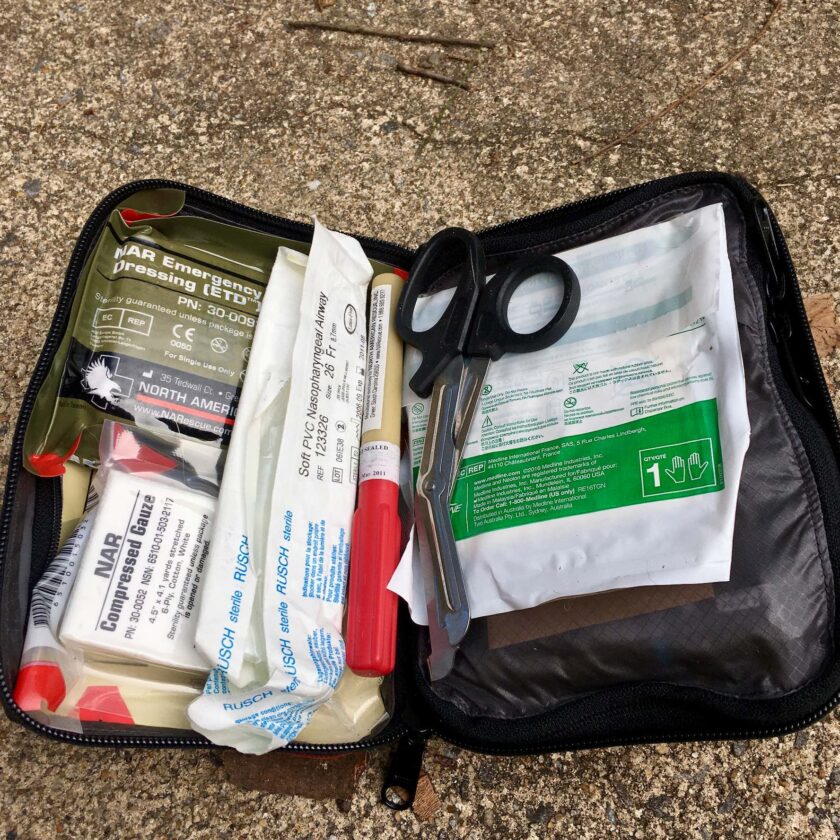
Immediate Access Items
The items here are a NAR Emergency Trauma Dressing (M), compressed gauze (M), HyFin Vent (chest seal) (R), trauma shears, decompression needle (R), nasopharyngeal airway with lube (A), and individually packaged gloves.
Let’s talk about that decompression needle real quick. First, unless you have some really good training, you probably shouldn’t be carrying one around. I’m not a badge-protector telling you that because I want to feel more special than you, but there’s a big difference between putting something on a victim, and putting something in a victim. I have a strong level of training and some experience in using this intervention, so carrying it is a very informed decision.
Second, yes, it’s way, way outside my current scope of practice. Here’s the deal – the stuff in this bag is for me and my immediate family. I’m not using this needle on some Joe Six-Pack I happen upon in a car accident – it is for me and mine, and if that gets my license pulled, well, whatever.
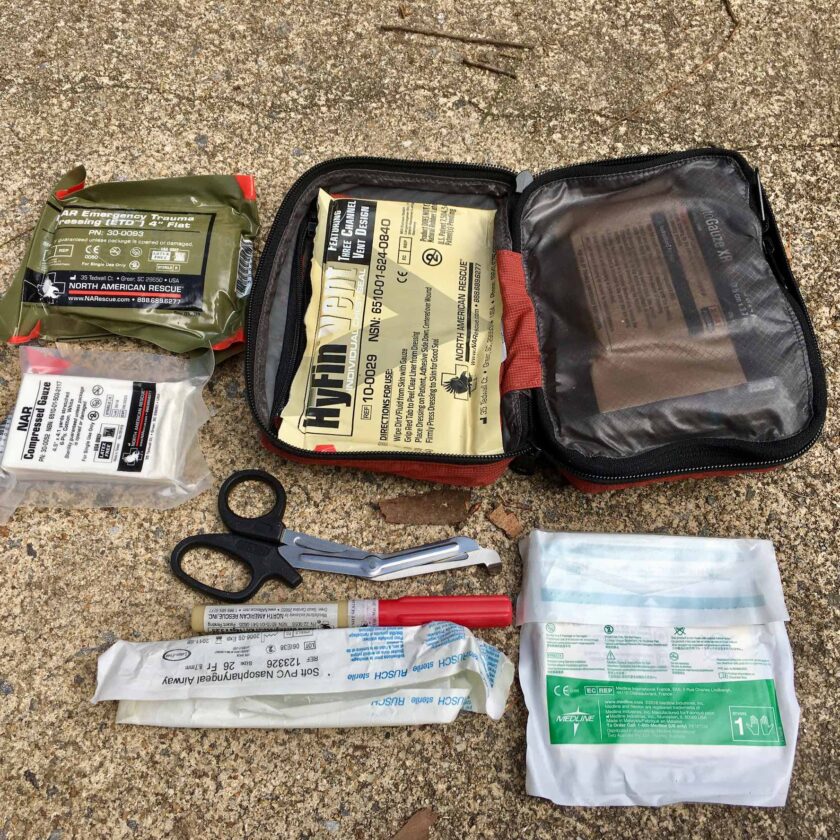
Unzipping the next compartment (under the transparent grey flap) access the rest of my trauma gear. In this compartment I have a ChitoGauze XR hemostatic agent (M), a triangle bandage (M as an excellent improvised tourniquet if you must improvise a tourniquet, plus a shitload of other “everything else” uses), and duplicates of the gloves, compressed gauze (M), and Emergency Trauma Dressing (M). Under the dressings are four common 4×4 dressings.
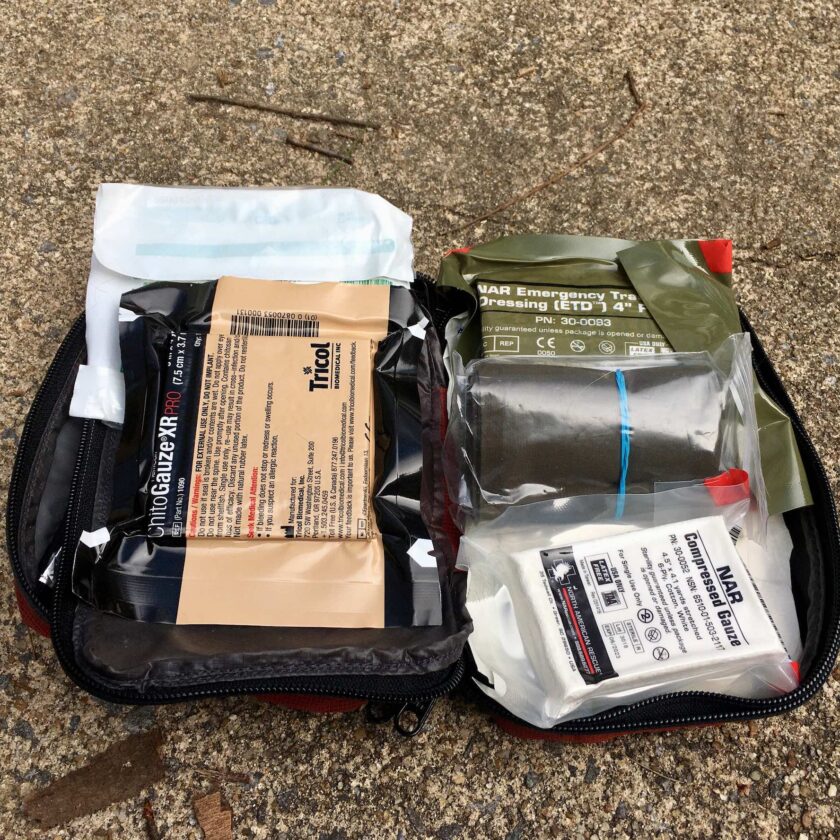
Opening these two pouches gives me access to everything shown here. This is a kit that can handle a pretty serious amount of trauma.
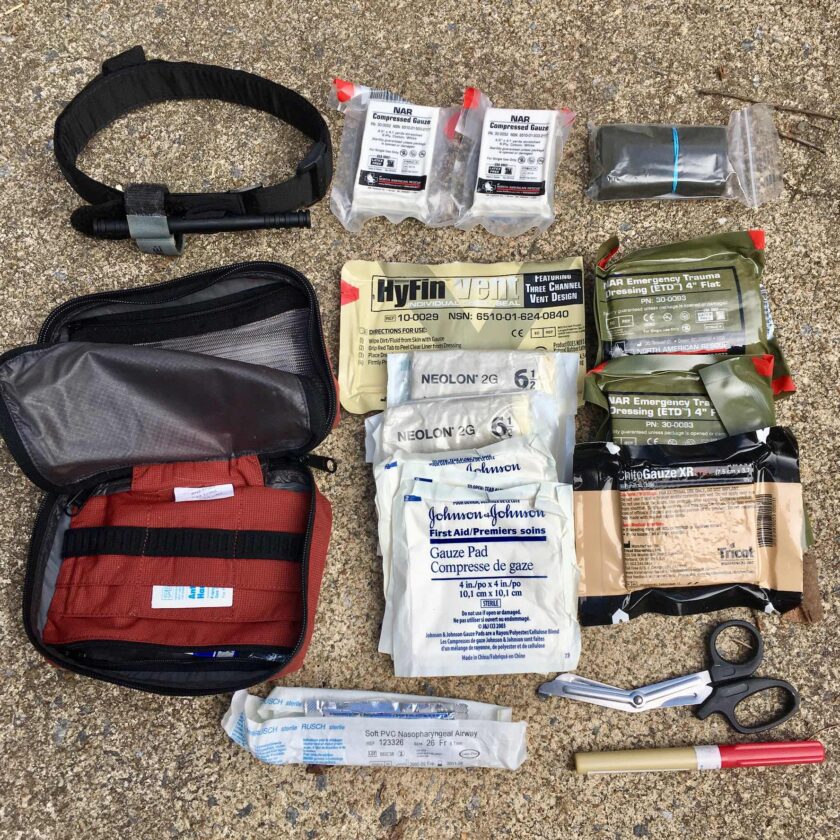
Boo-Boo Kit
As I mentioned, I also carry my “boo-boo kit” items (I really hate that term, but since we all know what I mean…) in this kit. That’s because I don’t view this kit a simple blowout kit, it’s my individual first aid kit, intended to cover the likely as well as the unlikely, the ordinary and the extraordinary.
The first thing in this section is some eye care stuff: an eye pad and some eye drops. I love those little single-serve, sterile eye-drop ampules for people with contacts. If you know someone who has contacts, see if you can talk them out of a few of these. Or buy some yourself and throw the rest under the sink at home.
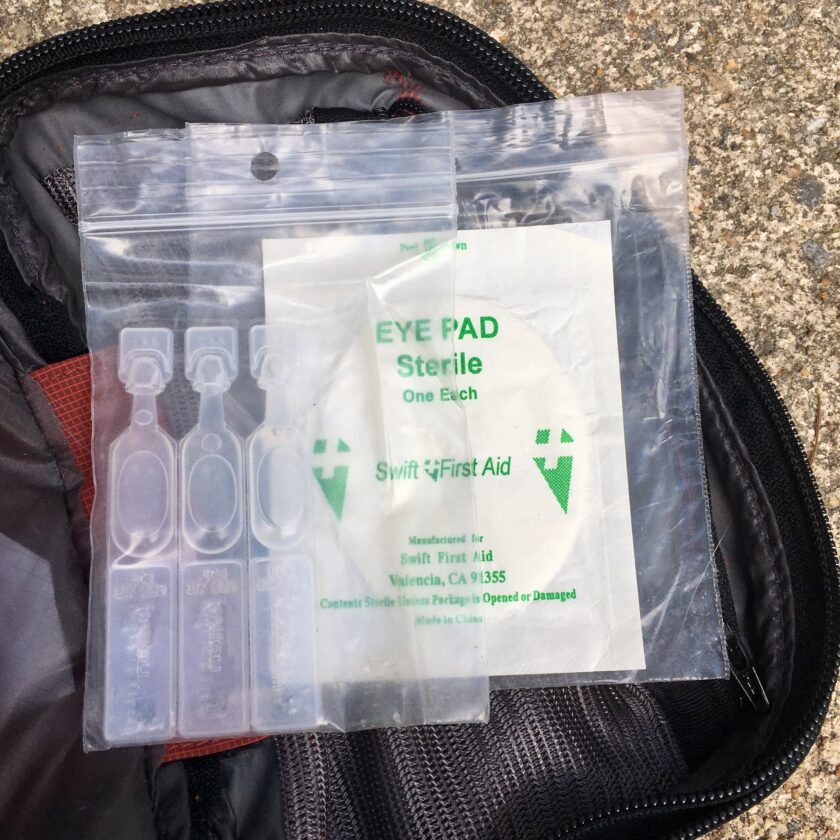
If you don’t have an eye pad you can always use a 2×2 or folded or cut 4×4. This is zipped in the innermost, least accessible pouch on the entire kit. We are incredibly eyesight-dependent, and a single, tiny bit of debris can make you miserable and ineffective. This pocket would go unused otherwise, so why not put this flat little piece of insurance in there?
Next up is stuff I use all the time. This stuff is contained on the front pocket of the kit. Again, this pocket is flat, and hard to get stuff out of. I wouldn’t store trauma stuff in here anyway, so this is my little field/travel clinical kit.
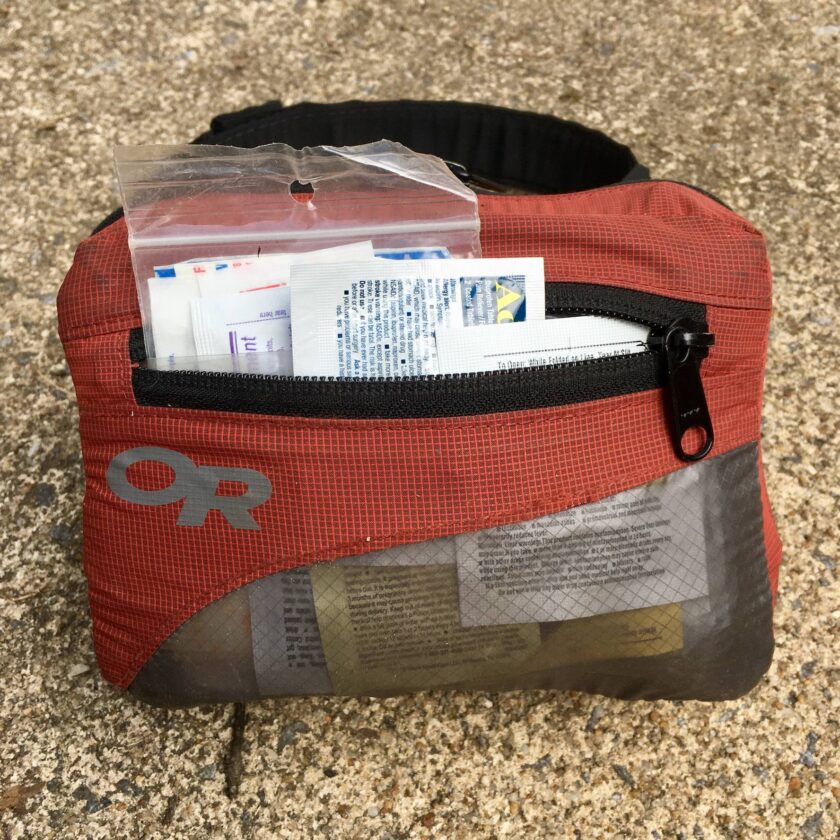
Here’s what’s in it (links here are Amazon links, just to be clear): steri-strips, adhesive bandages in various sizes, individual packets of antibiotic ointment, loperamide (anti-diarrheal), Benadryl, aspirin, acetaminophen, and ibuprofen. Though they are expensive I really prefer to purchase the medications for this kit in the single-dose wrappers (though not for home use). The wrappers are durable and waterproof, protecting your meds. Amazon sells a generic set containing multiple packs of all these meds for $7.50, much cheaper than you could purchase them for individually.
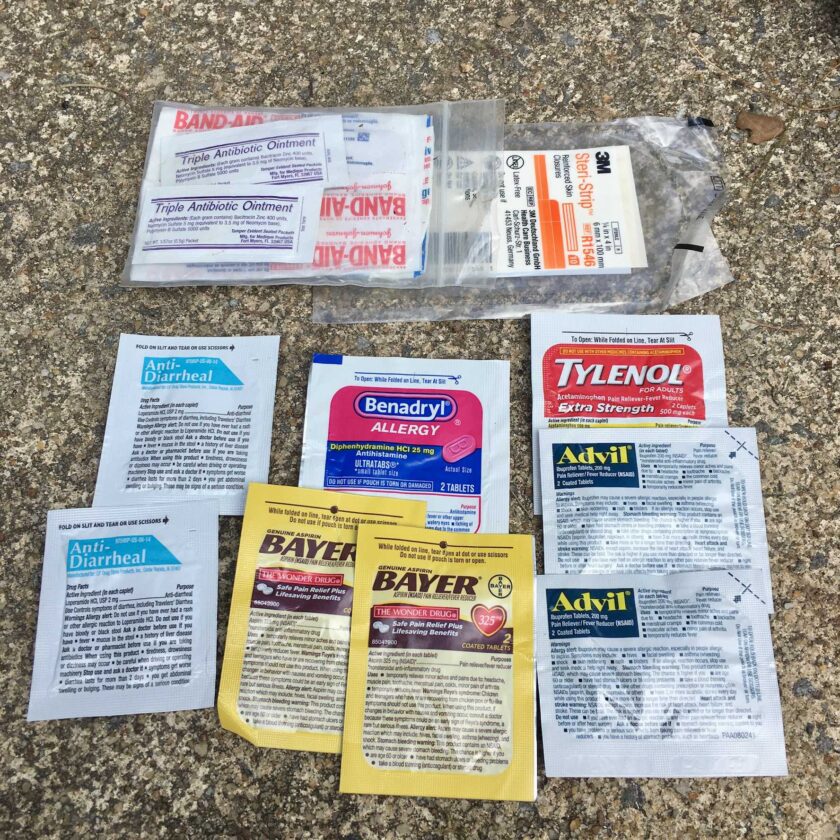
None of this stuff is all that important for trauma, but for travel/field/bugout medicine it is. Being able to deal with small things before they become big things is pretty important.
Update
Yes, before I even published this, I’ve updated it. As I was writing this post I was mentally going through the MARCH algorithm and taking note of what I’m equipped to deal with, and what I’m not. I came up with two things that I could easily change to expand my capability a little bit more.
One box that would be very easily checked is “H” or Hypothermia prevention. Keeping a trauma patient warm is incredibly important in the treatment of shock. I dropped one of the compressed gauzes and added a mylar blanket. This is a pretty good one that used to be sold by Adventure Medical Kits (it was called the Heat Sheet, if memory serves). This gives me a capability to keep a patient warm, as well as adding some additional shelter capability to my APEC Bag. Win-win.
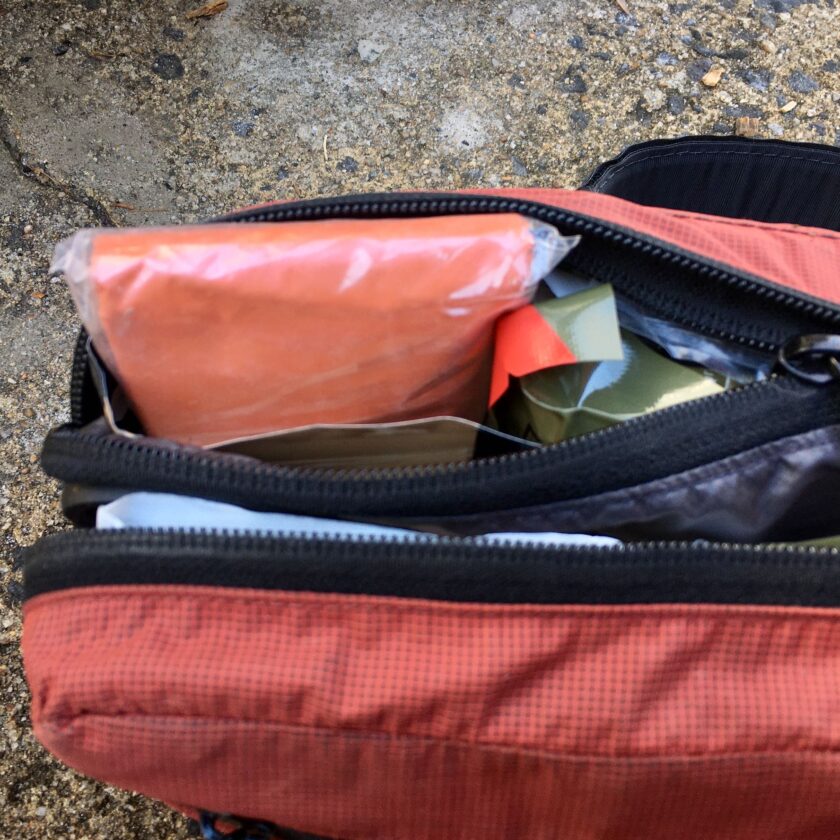
The other thing I knew I was missing was an extra tourniquet. Why would I carry two? Well, sometimes more than one limb is injured. Second, on very large limbs two tourniquets are sometimes indicated. Rather than buy another brand-new CAT (I have a couple others – one on another kit and one in my girlfriend’s IFAK), I dug out some old ones. I have quite a few older CATs lying around. Since this is a secondary I’m okay with using an old one.
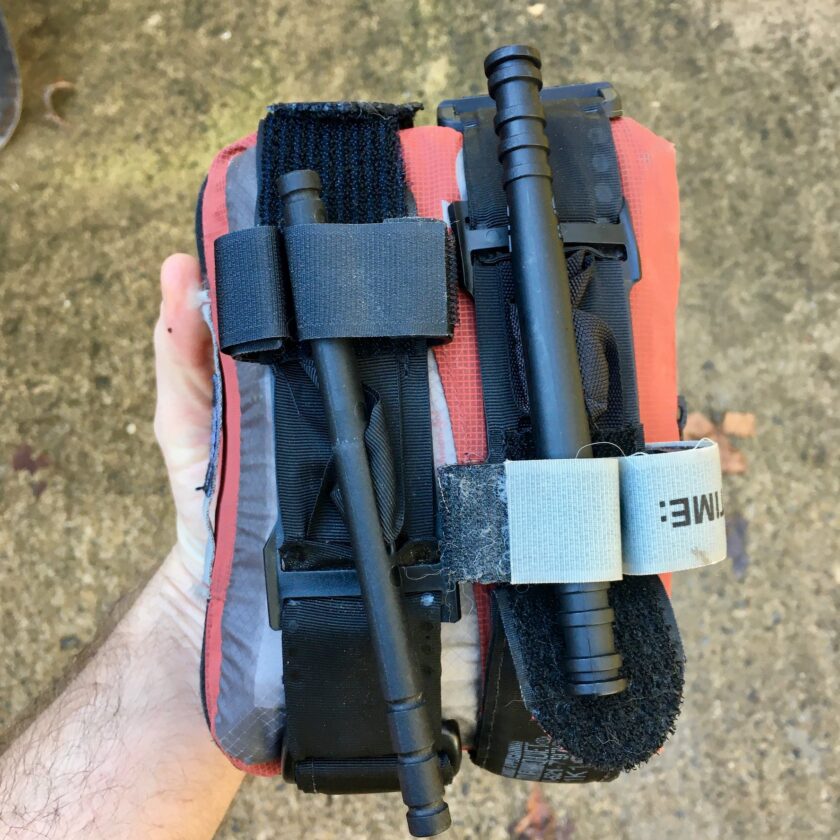
Closing Thoughts
This is my IFAK. It fits well into my use-case. I love having this kit in my EDC pack. Whenever I think of walking out the door without my pack (say, for a short trip into town) I always ask myself, “would you want to get caught out without your IFAK?” The answer is always “no.”
Once again, If you don’t have medical training and medical equipment, those are two of the most dire training gaps you have. I would prioritize fixing those gaps over nearly anything else.





